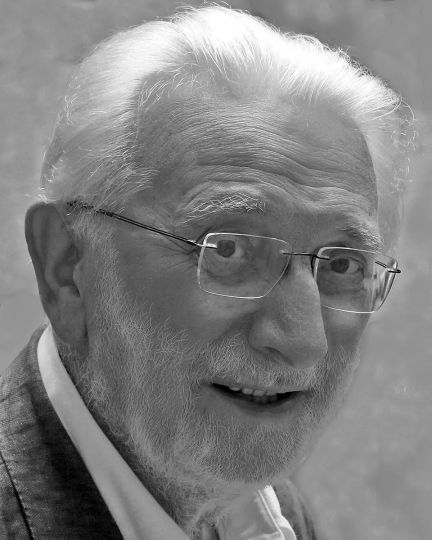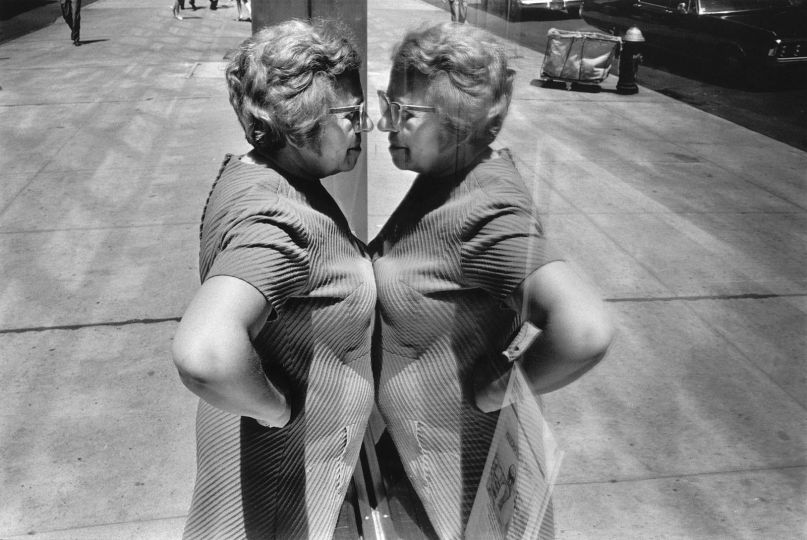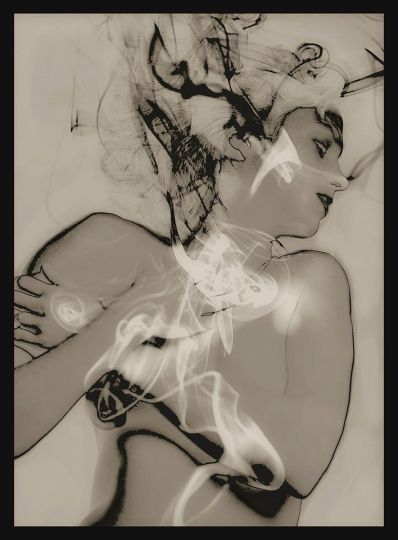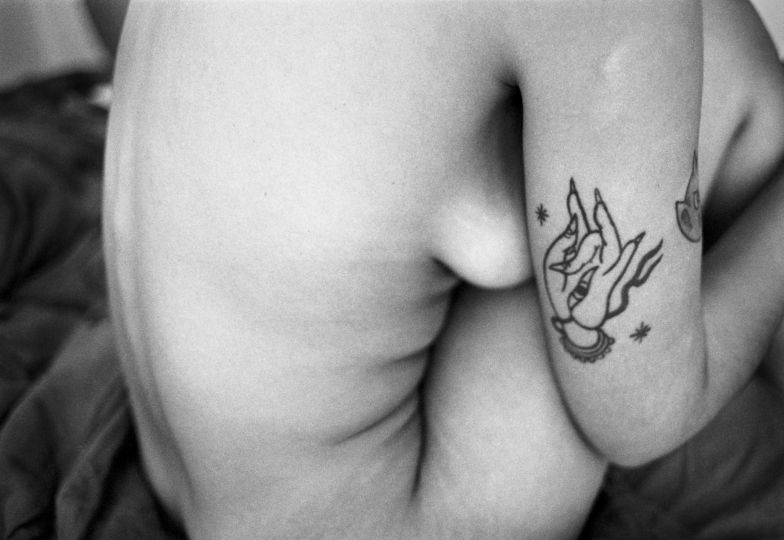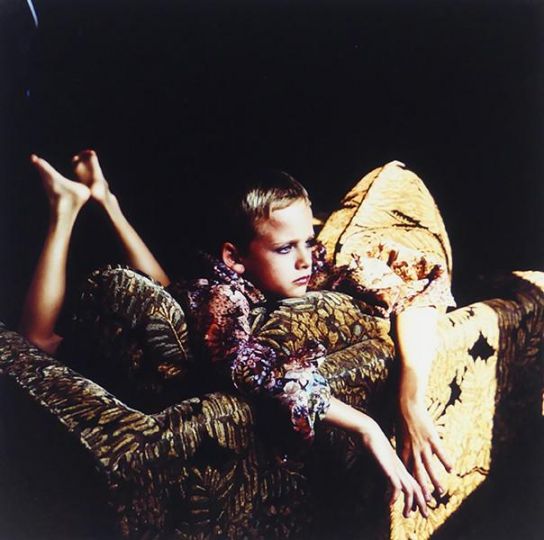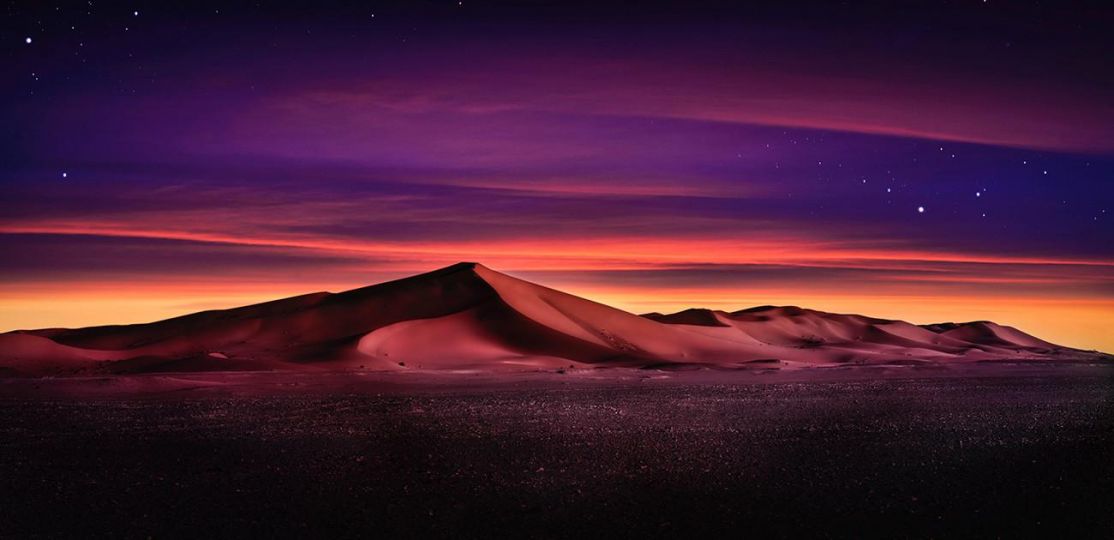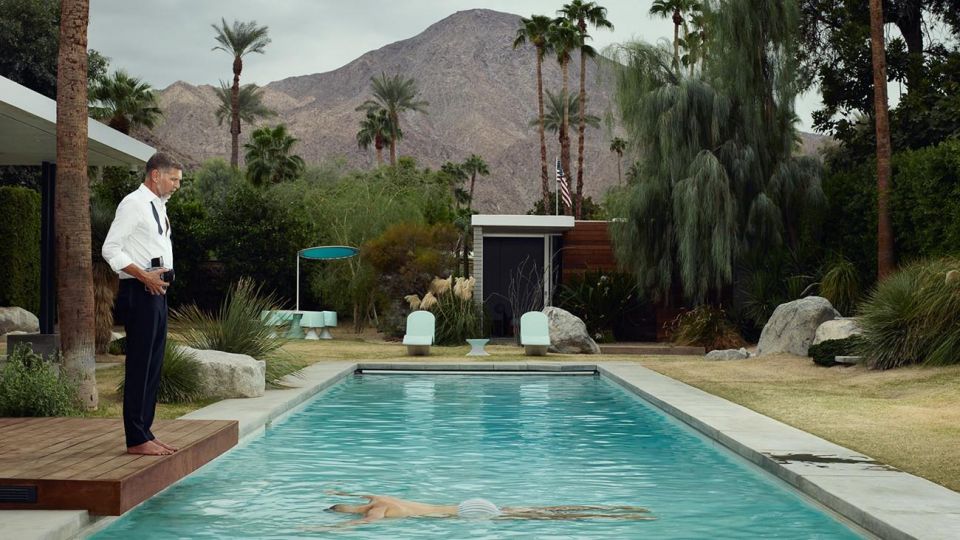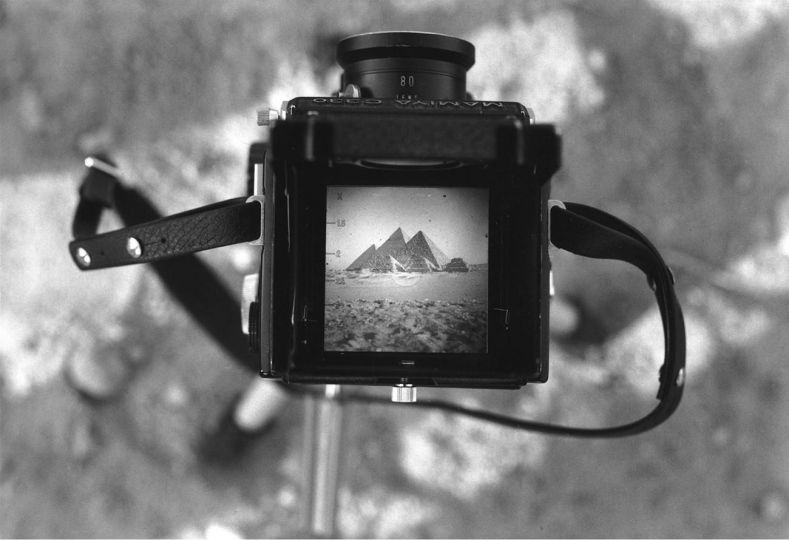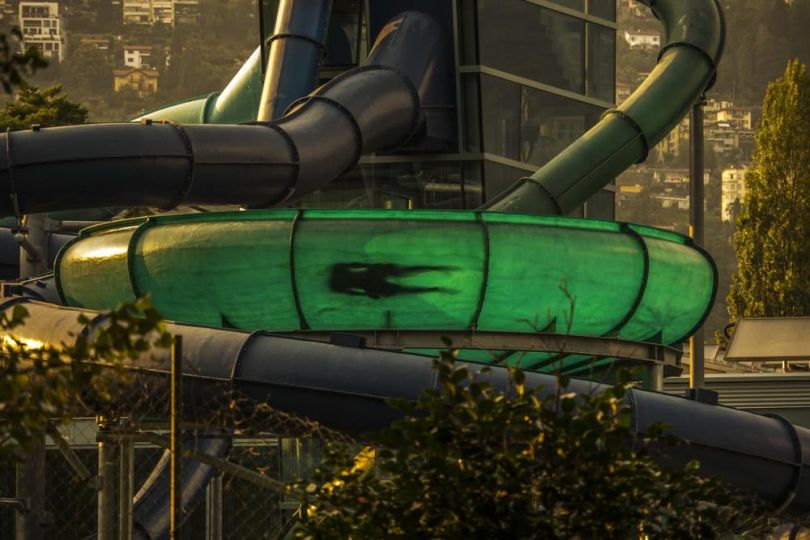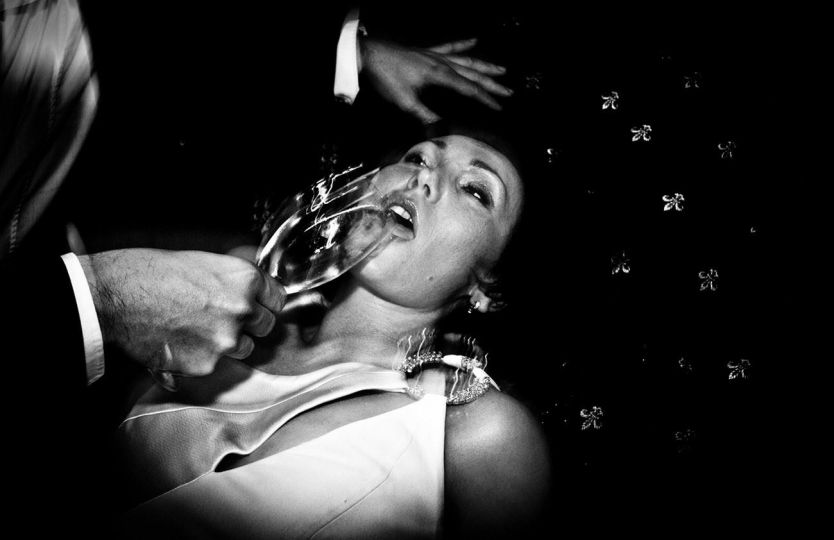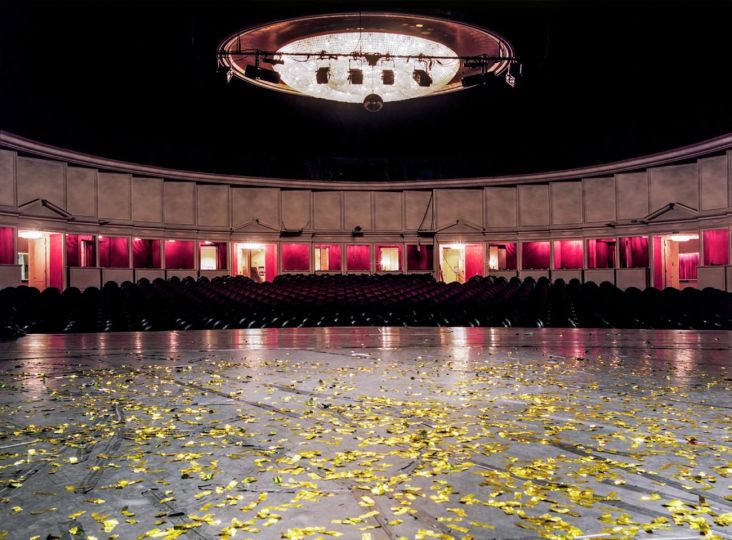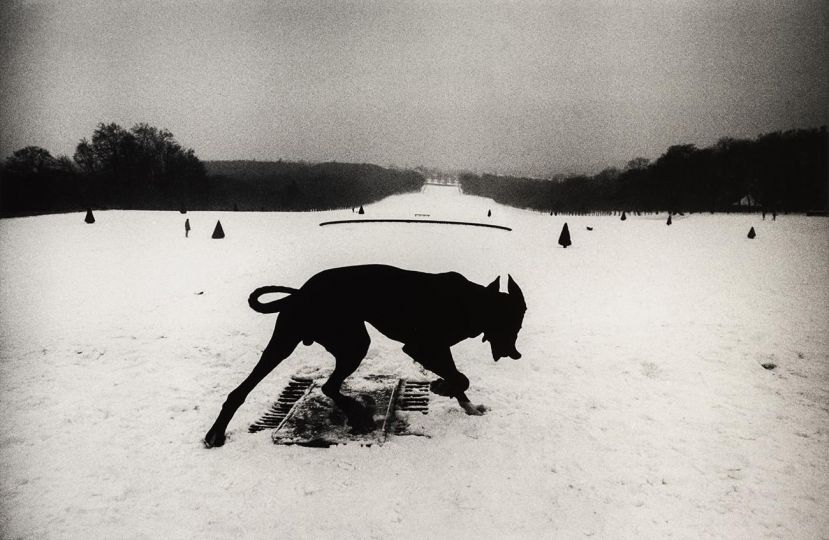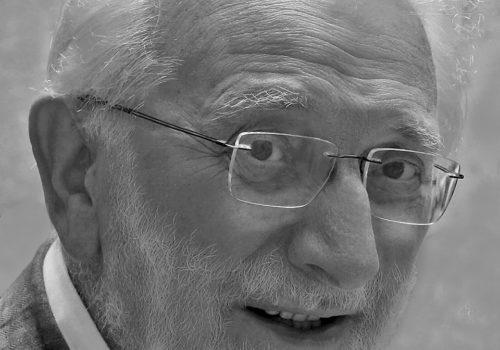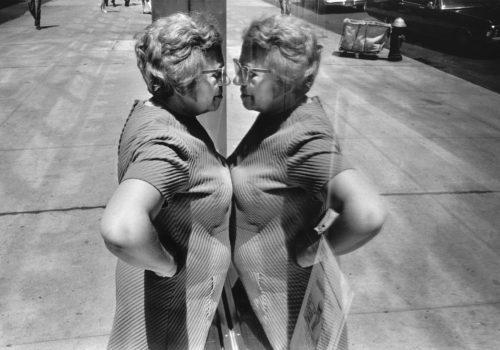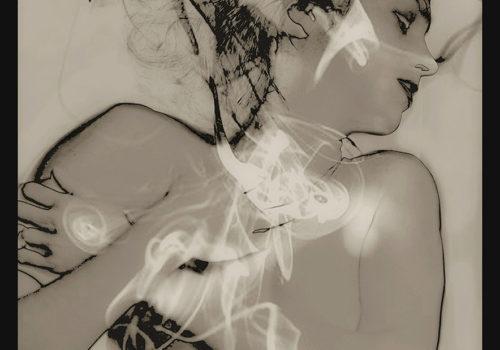From April 7 to September 16, 2018, the Musée du Château des ducs de Wurtemberg in Montbéliard is hosting a vast photographic exhibition which looks at the aesthetics transformations in France between 1925 and 1935. It surveys ten magical, groundbreaking years, suspended in history, and reveals them in all their fragility and creativity. Covering 500 square meters, the exhibition features 150 original prints and a hundred vintage periodicals, on loan from the Roger-Viollet Collections and from the Musée Nicéphore Niépce. Deploying the wealth of illustrations and visual inventions introduced by the printed press and photographers it paints a picture of a pioneering era.
The period 1925–1935 was a decade when the exhilaration of festivities coexisted with the austerity of withdrawal, and anxiety about the future mingled with the joy of the moment. Although photography would remain black and white for a little while longer, the snapshot had introduced a taste for motion, and the reality it captured led to an explosion of brilliant colors, sequins, and glitter as much as to the sobriety of formal rigor.
Bracketed by the Treaty of Versailles and the Popular Front, and inaugurated by the first modern Olympic Games held in Paris in 1924, the decade 1925–1935 was punctuated by major intellectual, artistic, industrial, and political landmarks that left a mark on the whole of the twentieth century. From the International Exhibition of Modern Decorative and Industrial Arts in 1925 to the Colonial Exhibition in 1931, from the Congress of Writers in 1935 to the launch of the transatlantic liner the SS Normandie that same year, to the coming into power of the Popular Front, the face of France had changed. The famed “French style,” so dear to Jean Cocteau, was being unsettled both aesthetically and intellectually.
Style revolutions of the decade enacted a transition between two eras. The press, literature, fashion, theater, and dance alike all saw changes in ways of speaking and doing things. Everyone was invited to express themselves, which in turn made room for photography as a witness to these changes. The customary gave way to the whimsical, mischievous, and even adventurous. From the precursor of the modern press, Jacques Laffite, to the entrepreneur Jean Prouvost, from the classic writer Paul Valéry to the restless Joseph Kessel, from the serpentine painter Jules Chéret to the rigorous graphic artist Cassandre, lifestyles and ways of seeing were changing at the speed of light. Josephine Baker and Arthur Honegger fascinated and aroused audiences. While Serge Lifar dominated the stage of the opera, Maurice Chevalier, no less imperious in another genre, conquered women’s hearts and won over Hollywood.
The 1937 World Exhibition was the culminating point of these “golden” years. It spelled the end of a decade deliberately forgetful and lighthearted, but above all graceful, modern, and fashionable, an era that ushered the elegant, sober style that lasted through the 1950s.
1935–1935, une décennie bouleversante
April 7 to September 16, 2018
Musée du château des ducs de Wurtemberg
25200 Montbéliard
France


